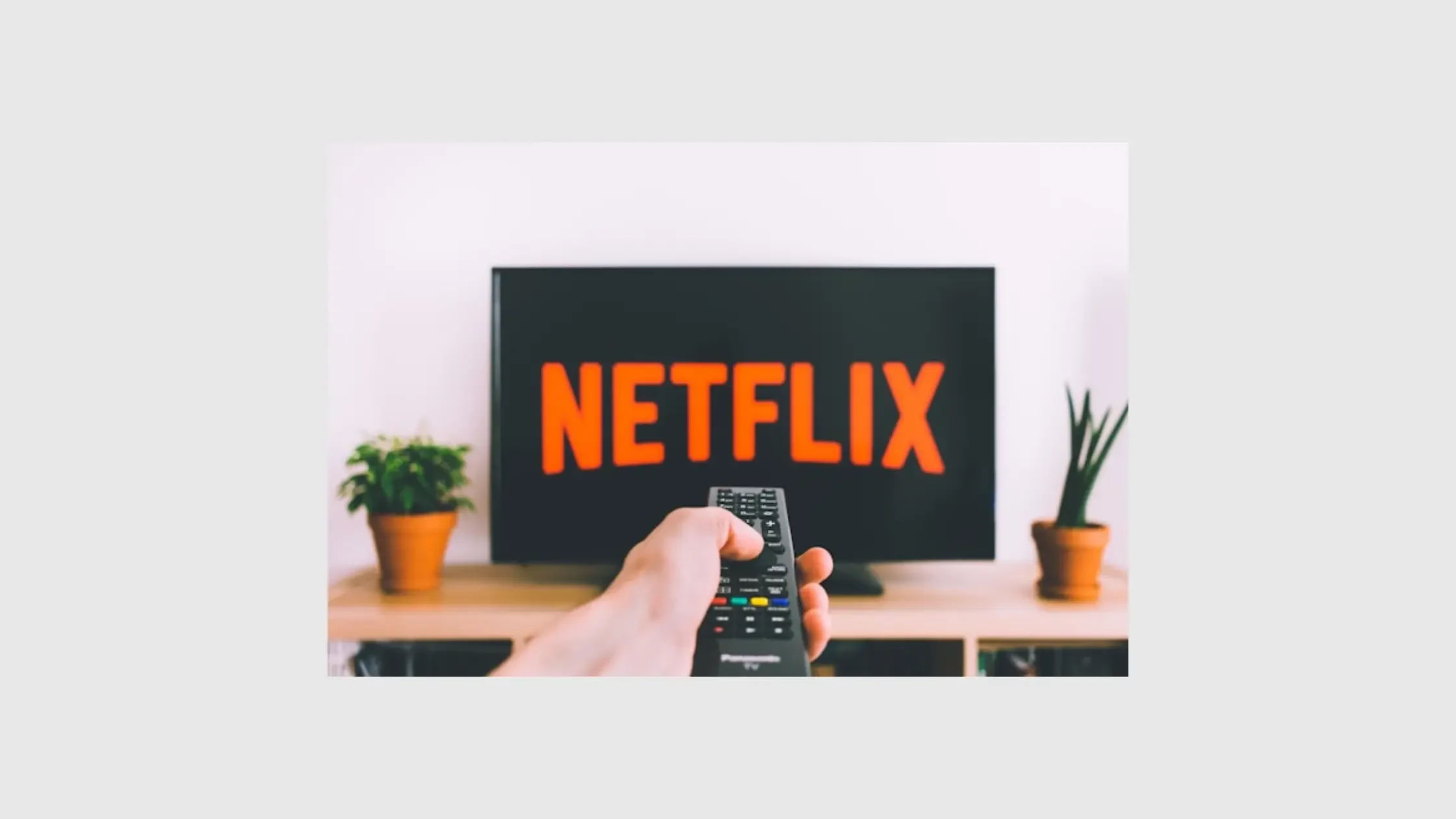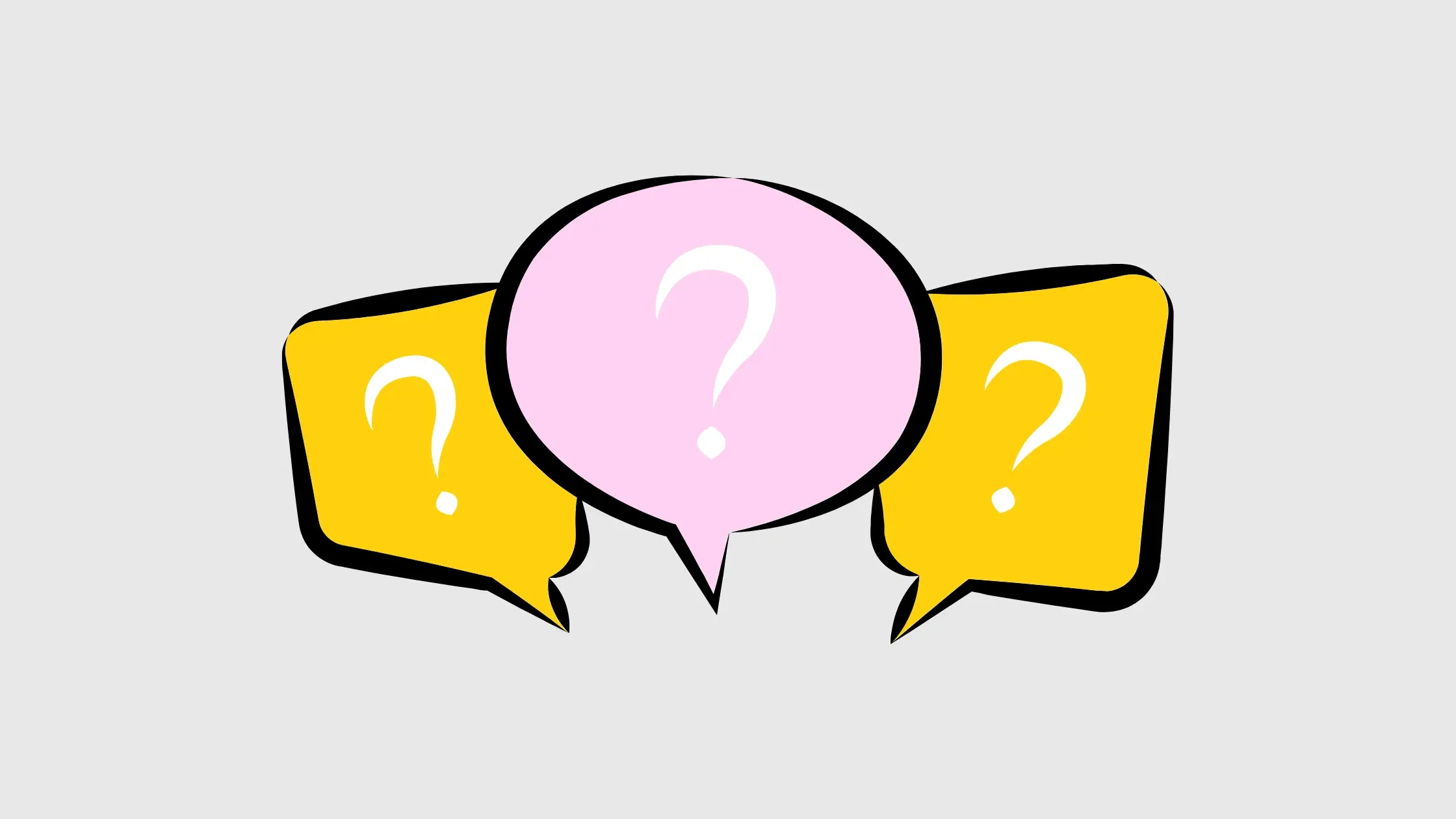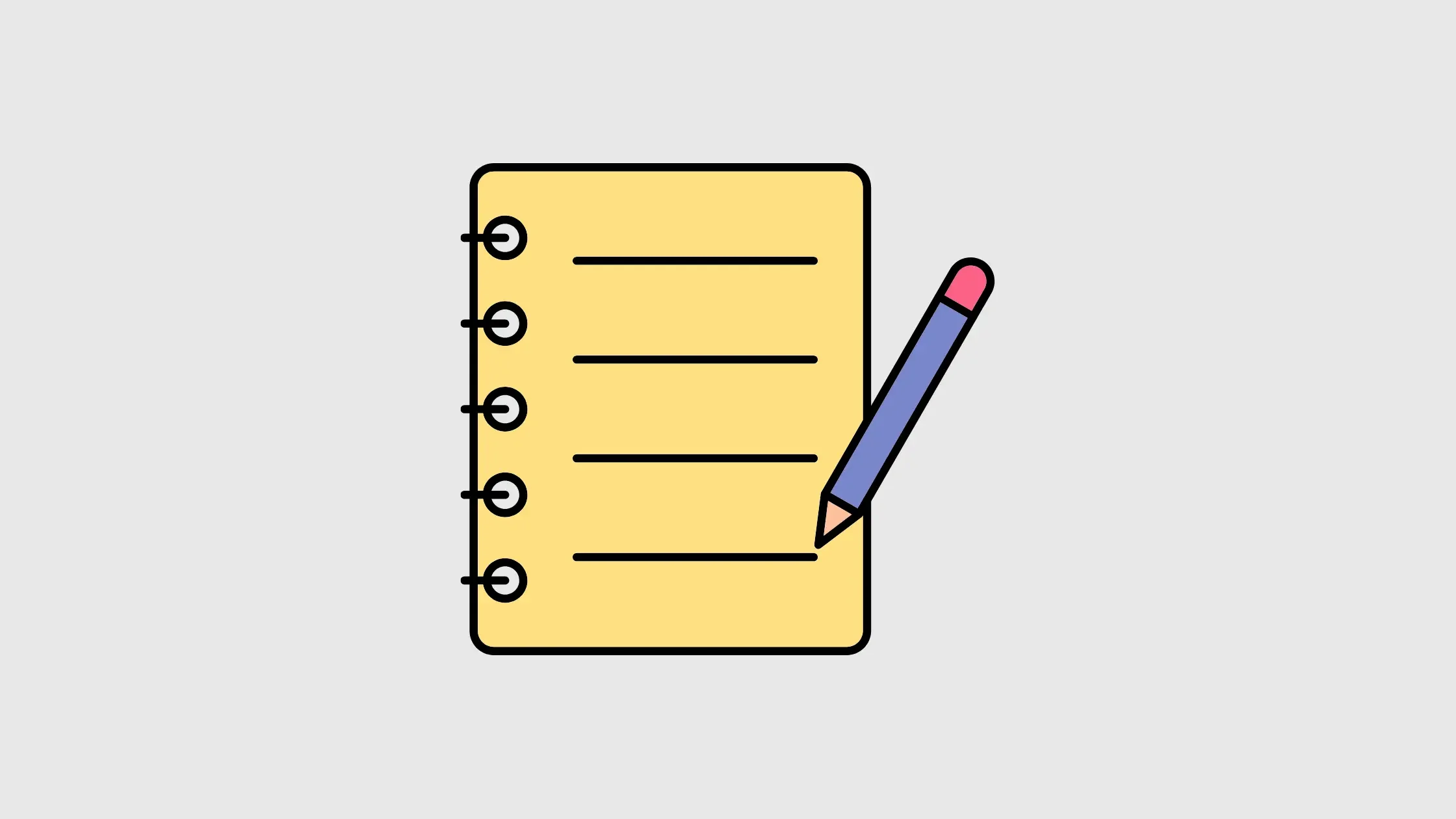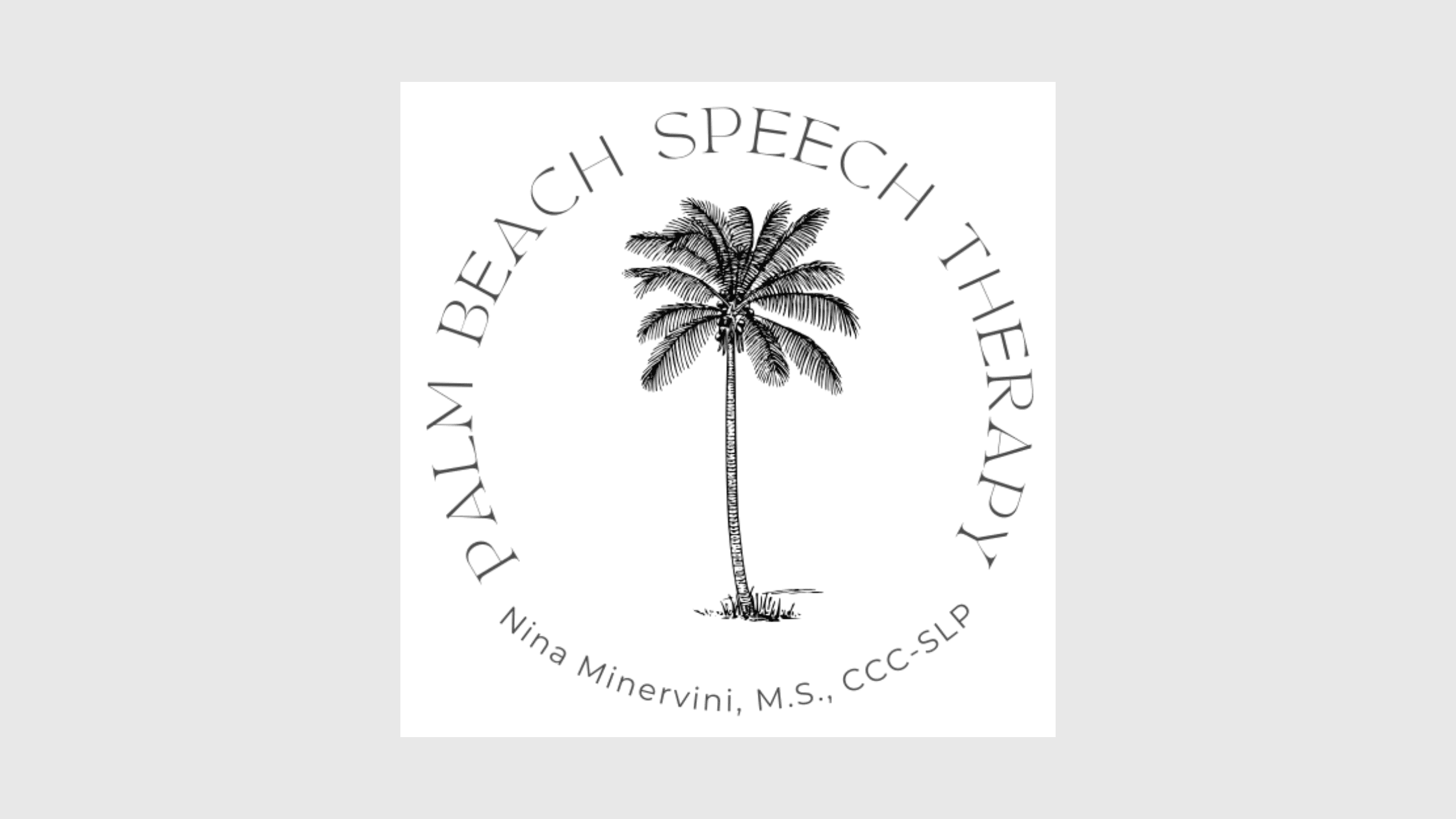DIY Cognitive Communication Activity: Turn Netflix Into Speech Therapy at Home in Boynton Beach
Improving cognitive communication doesn't have to stop when your Boynton Beach speech therapy session ends—and it definitely doesn't have to be boring!
In fact, one of the most effective ways to build expressive language skills is by doing something you already enjoy: watching your favorite shows and movies.
Whether you're recovering from a stroke, living with aphasia, managing mild cognitive impairment, or working to maintain mental sharpness as you age, structured media-based activities can help you strengthen speaking, thinking, and memory using content you actually want to engage with.
In this comprehensive guide, you’ll learn how to use the W-Question Method with Netflix to transform screen time into meaningful communication practice.
What is Cognitive Communication?
As a starting point, cognitive communication is the intricate process of using language and communicating effectively in real-world contexts.
When we’re talking with others in all sorts of different situations, our social involvement requires more than just knowing words or grammar rules.
We also need to successfully integrate multiple cognitive processes to express meaningful thoughts and engage in successful conversations with others.
Core Cognitive Processes This Netflix Activity Can Help Strengthen
If you’re more interested in jumping into the Netflix activity, you can skip this part of the article. However, if you’d like to know exactly “how the sausage is made,” below are a few of the cognitive processes that you can strengthen and train using Netflix during in-home care.
Memory Systems
Working memory: Holding information in mind while processing it
Short-term memory: Temporarily storing recent information
Long-term memory: Retrieving relevant knowledge and experiences
Episodic memory: Remembering specific events and their contexts
Attention Networks
Sustained attention: Maintaining focus over time
Selective attention: Focusing on relevant information while ignoring distractions
Divided attention: Managing multiple information streams simultaneously
Executive attention: Controlling and directing attention resources
Problem-Solving Skills
Analytical thinking: Breaking down complex information
Creative problem-solving: Finding alternative ways to express ideas
Cognitive flexibility: Adapting communication strategies based on context
Abstract reasoning: Understanding implied meanings and figurative language
Executive Function
Planning: Organizing thoughts before speaking
Monitoring: Checking communication effectiveness in real-time
Inhibition: Filtering inappropriate responses
Task-switching: Moving fluidly between different communication demands
Language Processing
Receptive language: Comprehending spoken and visual information
Expressive language: Producing meaningful verbal and non-verbal communication
Pragmatic skills: Using language appropriately in social contexts
Metalinguistic awareness: Thinking about language itself
Main Activity: The Netflix W-Question Method
If you’re reading this article to strengthen cognitive communication skills for yourself, or if you’re looking for activities to help a loved one, have no fear: this is an exercise that can be adapted to fit nearly anyone facing any kind of communication deficit.
Basically, we can watch Netflix to zone out and enter “couch-potato mode,” or we can use that screen time to involve some W-questions that focus our minds and provide some structure that’s beneficial in real-world situations.
In the section below, we’ll highlight what you need to get started (hint: Netflix or some other streaming service gets the job done), what kinds of programs are best for this activity, and finally what you need to do to squeeze the most therapeutic value from this activity.
Why This Approach Works
When your brain is working to recover after an injury or neurological condition, it often needs structured support to form and express complete thoughts. This is especially true for:
People with non-fluent aphasia
Stroke survivors
Individuals with mild cognitive impairment (MCI)
Those with traumatic brain injury (TBI)
Anyone struggling with word-finding, sentence structure, or memory
Older adults working to maintain cognitive sharpness
This activity uses familiar media content to:
Stimulate attention and memory systems
Encourage systematic sentence-building
Improve narrative and storytelling skills
Reinforce W-question structure and comprehension
Build confidence through successful communication experiences
Materials Needed for This Netflix Cognitive Communication Task
You can get started with any device with a screen connected to the internet or some episodes pre-downloaded.
Support can be provided with extra materials such as prompt cards, and you can also extend activities into reading and writing practice with a paper and pen, or you can focus on practicing speech production with a recorder.
Essential Materials for This Activity
Netflix account (or any streaming service: Hulu, Amazon Prime, Disney+, etc.)
Quiet, comfortable viewing space
Timer or clock for pacing
Optional but Recommended Materials
Notebook and pen for written responses
Recording device for tracking verbal progress
Caregiver or therapy partner for dialogue practice
Printed W-question prompt cards
Show Selection Guide (Including Examples)
Some shows are generally better than others for participating in this activity. That being said, it’s best to find shows that you or your loved one actually enjoy watching!
Ideal Show Characteristics | What to Watch
Clear dialogue and visual storytelling
Moderate pacing (not too fast or action-heavy)
Familiar cultural contexts
Engaging but not emotionally overwhelming
Episodic structure for consistent practice
Recommended Shows by Category
Cooking/Competition Shows:
"The Great British Bake Off" - Clear actions, predictable structure
"Queer Eye" - Positive interactions, clear transformations
"Chef's Table" - Beautiful visuals, clear narratives
Nature Documentaries:
"Planet Earth" - Stunning visuals, clear narration
"Our Planet" - Environmental storytelling
"Night on Earth" - Fascinating animal behaviors
Gentle Dramas:
"Call the Midwife" - Clear character relationships
"Heartstopper" - Simple, positive storylines
"Anne with an E" - Classic storytelling
Reality/Lifestyle:
"Selling Sunset" - Clear social dynamics
"The Home Edit" - Before/after transformations
"Somebody Feed Phil" - Travel and food exploration
The Activity: Getting Started with Netflix Cognitive Communication Tasks
Here are the steps you can follow to improve cognitive communication functioning at home with a remote and a basic set of W-questions.
You can find ways to adapt these exercises further down in this article.
Step 1: Pre-Viewing Preparation (2-3 minutes)
Set Your Intentions:
Choose your focus area (character identification, plot comprehension, emotional recognition)
Prepare your notebook with W-question headings
Set your timer for 5-minute intervals
Create a comfortable, distraction-free environment
Warm-Up Questions:
What show am I about to watch?
What do I remember from the last episode?
What am I hoping to understand or enjoy?
Step 2: Active Viewing (5 minutes)
Viewing Strategy:
Watch with focused attention
Don't worry about catching every detail
Notice characters, settings, actions, and emotions
Pay attention to both dialogue and visual information
Use subtitles if helpful for comprehension
Step 3: Pause and Reflect (3-5 minutes)
The Core W-Questions:
WHO Questions (Character Identification):
Basic: "Who was in the scene?"
Advanced: "Who seemed to be the main character? Who had the most dialogue? Who was helping/opposing the main character?"
WHAT Questions (Action and Plot):
Basic: "What were they doing?"
Advanced: "What problem were they trying to solve? What emotions were they showing? What tools or objects were important?"
WHERE Questions (Setting and Context):
Basic: "Where was it happening?"
Advanced: "Where exactly in the location? What did the environment tell us about the story? How did the setting affect the characters?"
WHEN Questions (Time and Sequence):
Basic: "When was it happening?"
Advanced: "What time of day? What season? What happened first, second, third? How much time passed?"
WHY Questions (Motivation and Causation):
Basic: "Why were they there?"
Advanced: "Why did the character make that choice? Why was this scene important? What caused the conflict or problem?"
Step 4: Response Strategies
For Verbal Responses:
Encourage complete sentences when possible
Accept single words or phrases if that's the current ability level
Use gestures or drawing to supplement verbal responses
Record responses to track progress over time
For Written Responses:
Start with single words or short phrases
Progress to complete sentences
Eventually work toward paragraph-length responses
Use bullet points if full sentences are challenging
For Mixed Responses:
Combine speaking and writing
Use drawing or diagrams for complex spatial concepts
Incorporate gestures for emotional or action content
Create mind maps connecting different W-question responses
Step 5: Continuation and Pattern Recognition
Progressive Viewing:
Continue with 5-minute segments
Notice how your responses become more detailed
Look for patterns across episodes
Build connections between different scenes or episodes
Reflection Questions:
How are my responses changing over time?
What types of questions are easier or harder for me?
What strategies help me remember and express information better?
Advanced Activities: Beyond the Basic Method
If you’re excelling at the W-question exercises and need an additional challenge, here are some activities you can try.
Don’t be discouraged if you “hit a wall” while attempting these more advanced activities, especially if you haven’t yet integrated any adaptations or scaffolds that can make any of the tasks in this article more achievable.
For example, you can start using subtitles, reading plot synopses beforehand, or take more frequent breaks/watch shorter clips at a time.
These activities should be an enjoyable part of your day, not a major source of stress—you’re watching TV, after all!
Activity 1: Character Journey Mapping
Objective: Track character development and emotional arcs across episodes
Method:
Choose one main character to follow
After each viewing session, note:
Character's goals and motivations
Obstacles they face
How they change or grow
Relationships with other characters
Create a visual map or timeline of their journey
Communication Benefits:
Builds narrative comprehension
Improves cause-and-effect reasoning
Strengthens memory for sequential information
Enhances emotional vocabulary
Activity 2: Prediction and Hypothesis Building
Objective: Use available information to make logical predictions about future events
Method:
Pause at dramatic moments or episode endings
Ask prediction questions:
What do you think will happen next?
Why do you think that will happen?
What clues support your prediction?
Watch the next segment and compare predictions to outcomes
Communication Benefits:
Strengthens inferential reasoning
Builds confidence in expressing opinions
Improves logical argument construction
Enhances critical thinking skills
Activity 3: Emotional Intelligence Development
Objective: Identify, understand, and express emotions displayed by characters
Method:
Focus specifically on character emotions
Identify emotions using:
Facial expressions
Body language
Tone of voice
Actions and behaviors
Discuss or write about:
What emotion is the character feeling?
How do you know?
Why might they feel this way?
How would you feel in their situation?
Communication Benefits:
Expands emotional vocabulary
Improves non-verbal communication awareness
Builds empathy and social understanding
Strengthens pragmatic language skills
Activity 4: Problem-Solving Analysis
Objective: Analyze how characters solve problems and generate alternative solutions
Method:
Identify problems or conflicts in the show
Analyze the character's solution:
What approach did they take?
Was it effective?
What were the consequences?
Generate alternative solutions:
What else could they have done?
What would you have done differently?
What might work better?
Communication Benefits:
Strengthens analytical thinking
Improves creative problem-solving
Builds confidence in expressing opinions
Enhances abstract reasoning
Activity 5: Cultural and Social Context Exploration
Objective: Understand and discuss cultural, social, and historical contexts presented in media
Method:
Identify cultural elements:
Setting (time period, location, social environment)
Cultural practices or traditions
Social relationships and hierarchies
Historical references
Discuss or research:
What is familiar or unfamiliar about this context?
How does the context affect the story?
What can you learn about different cultures or time periods?
Communication Benefits:
Builds cultural awareness and sensitivity
Expands vocabulary related to social concepts
Improves descriptive language skills
Enhances world knowledge and conversation topics
Specialized Applications: Aphasia, MCI, TBI, and Others
These activities can be modified for persons with specific deficits. You may find that some of these modifications can be applied to every day life, making communication easier and more enjoyable for you and your loved ones facing any of the conditions below.
If you’re helping a loved one attempt cognitive communication therapy at home with Netflix exercises, then this section can help guide you towards the adaptations that will make the time more productive, less stressful, and enjoyable for all.
For Aphasia Recovery
Modifications:
Use shows with clear visual storytelling
Accept non-verbal responses (pointing, gestures, drawing)
Provide written W-question prompts as visual cues
Allow extra time for processing and responding
Celebrate any level of successful communication
Progressive Goals:
Week 1-2: Single word responses
Week 3-4: Two-word phrases
Week 5-8: Simple sentences
Week 9+: Complex sentences and multiple ideas
For Mild Cognitive Impairment
Modifications:
Choose shows with simpler plots initially
Use written notes to support memory
Practice the same episode multiple times if needed
Focus on strengthening specific cognitive domains
Gradually increase complexity and challenge
Cognitive Targets:
Memory: Recall details from previous episodes
Attention: Maintain focus throughout viewing segments
Language: Express increasingly complex thoughts
Executive function: Plan and organize responses
For Traumatic Brain Injury Recovery
Modifications:
Start with very short viewing segments (2-3 minutes)
Use familiar shows to reduce cognitive load
Provide frequent breaks and pacing support
Focus on concrete, observable details initially
Gradually introduce abstract concepts
Recovery Stages:
Early recovery: Basic identification and recognition
Middle recovery: Simple cause-and-effect relationships
Later recovery: Complex analysis and abstract thinking
For Maintaining Cognitive Health in Ageing
Modifications:
Choose shows with positive, engaging content
Encourage social viewing with family or friends
Combine with physical activities (walking while discussing episodes)
Vary show types to challenge different cognitive skills
Use technology tools to enhance the experience
Cognitive Maintenance Goals:
Keep language skills sharp and flexible
Maintain social engagement through shared viewing
Challenge memory and attention systems
Build confidence in communication abilities
Technology Integration and Digital Tools
Here are some adaptations anyone can use, no matter what condition, to make these tasks easier to achieve.
There are plenty of technological aids available, unlike in any time in history, that allow us to slow things down and get the help we need when consuming media!
Don’t forget, you can use AAC devices as well if they help facilitate communication with loved ones during these exercises.
Streaming Service Features to Leverage
Subtitle Options:
Use subtitles to support auditory processing
Practice reading along with dialogue
Notice the relationship between spoken and written language
Playback Speed Control:
Slow down complex scenes for better processing
Speed up familiar content to challenge processing speed
Find the optimal pace for your current abilities
Episode Descriptions:
Read episode summaries before or after viewing
Compare your understanding with official descriptions
Use as prompts for additional discussion
Digital Organization Tools
Note-Taking Apps:
Use voice-to-text features for spoken responses
Create searchable logs of your viewing sessions
Track progress with date stamps and tags
Calendar Integration:
Schedule regular viewing sessions
Set reminders for different focus areas
Track consistency and build habits
Recording and Playback:
Record your verbal responses for self-assessment
Listen to progress over time
Share recordings with speech therapists or family
Online Community Integration
Social Viewing Platforms:
Join online watch parties with friends or support groups
Practice written communication about shows
Build social connections around shared interests
Support Forums:
Connect with others doing similar communication work
Share strategies and success stories
Find viewing partners and accountability buddies
Long-Term Success and Maintenance
You’ll make any speech therapist, especially me(!), incredibly happy by doing these exercises independently at home.
There are no magic bullets when it comes to improving one’s cognitive communication abilities, but focused and repeated practice consistently shows good results in adults facing deficits.
Below are some considerations towards building long-term success, including varying practice with different kinds of media and applying skills to real-life situations.
Building Sustainable Habits
Keys to Long-Term Success:
Start with achievable goals and gradually increase challenge
Choose content you genuinely enjoy watching
Build viewing into existing daily routines
Track progress to maintain motivation
Adapt activities as your skills change and grow
Expanding Beyond Television
Other Media Options:
Podcasts for auditory processing practice
YouTube videos for varied content and lengths
Audio books for narrative comprehension
Movies for extended attention and complex plots
Life Integration
Real-World Application:
Use communication skills gained in daily conversations
Apply W-question thinking to real-life situations
Share viewing experiences with friends and family
Build confidence for social communication opportunities
Couch Potato Therapy: Transforming Entertainment into Empowerment
This comprehensive approach to media-based speech therapy transforms passive entertainment into active communication recovery and enhancement.
By systematically engaging with content you enjoy, you're not just watching shows—you're rebuilding, strengthening, and maintaining the communication skills that connect you to others and help you express your thoughts, needs, and personality.
Whether you're recovering from a neurological event, supporting a loved one through communication challenges, or working to maintain cognitive sharpness as you age, these strategies offer a practical, enjoyable, and effective path forward.
Remember that progress looks different for everyone, and every small step forward is meaningful. The goal isn't perfect communication—it's better communication, increased confidence, and enhanced quality of life through meaningful connection with others.
Start where you are, use what you have, and do what you can. Your favorite Netflix show might just become your most powerful therapy tool.
Personalized In-Home Care: Cognitive Communication Therapy in Palm Beach County with Nina Minervini
Call Nina today to learn how personalized, evidence based speech and cognitive communication therapy can help you or your loved one regain confidence and improve everyday communication.
Serving coastal Palm Beach County, Nina makes in-home cognitive communication therapy available for adults from the gated communities of Boynton Beach to the bungalow lined avenues of Lake Worth, all the way up to West Palm Beach and even as far as Boca Raton.
Whether you’re recovering from a stroke, living with aphasia, or working to maintain cognitive sharpness, Nina provides in-home therapy tailored to your goals.
Reach out at (561) 797-2343 or email ninaminervini11@gmail.com to schedule a consultation and find out how therapy can make a meaningful difference.
Contact Nina: Find Out About Cognitive Communication Therapy Today!
FAQ: Netflix & Cognitive Communication Therapy
What is cognitive communication therapy?
Cognitive communication therapy helps adults improve thinking, memory, and language skills needed for everyday conversation, problem-solving, and social interaction.Who can benefit from this Netflix activity?
It’s helpful for stroke survivors, people with aphasia, those with mild cognitive impairment or traumatic brain injury, and adults looking to maintain cognitive sharpness.How does watching TV improve communication?
Structured viewing with guided questions engages memory, attention, and language processes, turning entertainment into active therapy practice.What are W-questions, and why are they important?
W-questions (Who, What, Where, When, Why) provide a framework for building complete thoughts, storytelling skills, and conversation flow.Do I need a therapist present for this activity?
Not necessarily — caregivers or family members can facilitate. However, a speech-language pathologist can provide structure, adapt tasks, and track progress.What types of shows are best for this exercise?
Programs with clear dialogue, moderate pacing, and visual storytelling — such as cooking shows, nature documentaries, and light dramas — work best.How long should each Netflix session last?
Start with short 5–10 minute viewing intervals, followed by discussion or written reflection, and build up as endurance improves.Can this activity help with memory problems?
Yes — it strengthens working, short-term, and long-term memory by encouraging recall, sequencing, and connection between story elements.How can family members support this activity?
They can pause shows to ask W-questions, encourage complete sentences, and celebrate communication successes.Is this exercise suitable for older adults without a diagnosis?
Absolutely. It can help maintain communication sharpness, keep language skills flexible, and promote social engagement.What materials do I need besides Netflix?
A notebook, pen, and optionally a timer or recording device can support the activity. Prompt cards with W-questions can also help.How do I know if progress is being made?
Track changes in response length, detail, and confidence over time. Many families notice clearer speech, stronger memory, and more engaged conversations.









